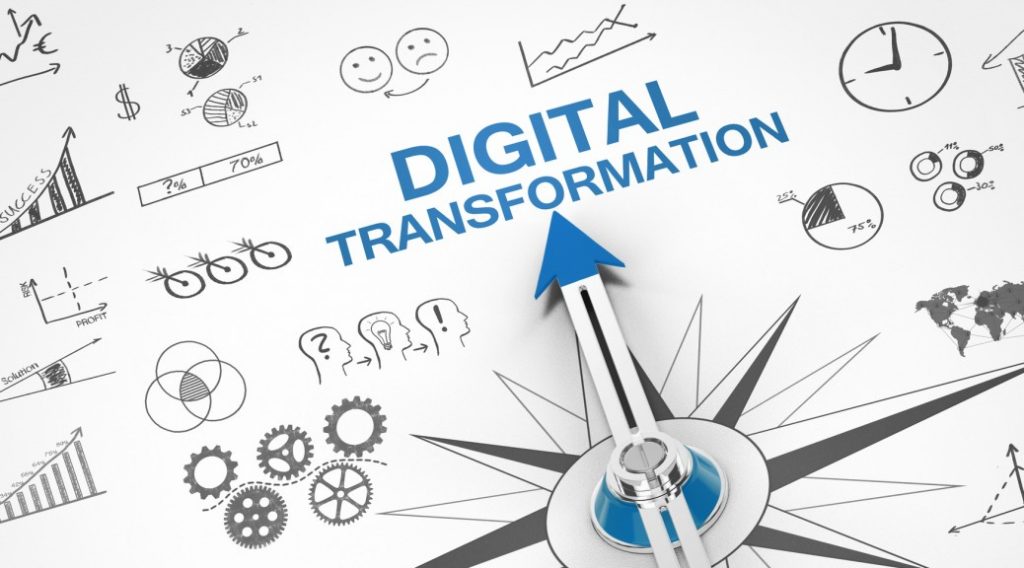With the onset of emerging technologies, enterprises all around the world are embracing the wonders of digital transformation; as such, they are able to achieve a greater work process efficiency, serve their customers better, and make everything much more effective, organized, and user-friendly. But what are the main driving factors behind their efforts and what makes digital transformation the buzzword of the recent years?
1.An ever-increasing level of connectivity
Does the internet of things (IoT) ring a bell? The term covers a whole spectrum of handy devices that are connected to your organization’s network or the cloud, including smart sensors, monitoring devices, marketing automation solutions, supply chain analytics… everything that meets the demands of your business and positions you above your competitors.
In concrete terms, you could easily detect an intruder in real-time by connecting artificial intelligence and machine learning technologies with traditional surveillance solutions. Or you could install smart sensors, allowing you to immediately be alerted of any unforeseen temperature changes, which can make for a world of difference in certain industries like farming or any other ones that have anything to do with producing goods that are sensitive to environmental conditions.
2.New business models
Without digital transformation, certain business models, the ones we take for granted today, would not be able to exist. Let’s take a look at 2 popular ones.
The first one is Uber, the ever-popular peer-to-peer ridesharing platform. By signaling your location through your smartphone, the nearest driver can identify you and be there in a matter of minutes, and the digital technology takes care of all the nuances in between. This significantly reduces the waiting times and pretty much guarantees you a ride, as long as you’re situated near an urbanized area.
Another one is AirBnB. This platform connects vacation seekers with landlords willing to offer short-term rentals. With the help of digital technology, the former are able to quickly and efficiently browse through an extensive catalog of options, while the latter are able to earn something on the side (and all it takes is posting one simple ad with a couple of photos).
Thanks to digital transformation and emerging technologies, other already-existent business models are gradually reaching new heights. Brick and mortar clothing stores, for example, will soon be able to deploy smart mirrors, allowing the customers to get a live preview of how a certain piece of clothing would look on them without actually trying it on.
3.Optimization through analysis
Optimization of work processes will ultimately increase your bottom line, and modern technologies play an important role in the process. With the help of Moogsoft aiops, for example, you can efficiently improve the quality of your products and services by identifying performance issues.
Webmasters, to list another example, are now able to not only see where the visitors are coming from and how often they stay on the site, but also which exact elements they’re interacting with the most (menus, buttons, and so forth). By rearranging the elements on the website in a manner that is proven to be the most effective, they can increase the visitor satisfaction and increase sales.
Conclusion
In the end, digital transformation is all about unlocking new options and making things more efficient. The reason why business owners are investing in it on such a massive scale is quite evident – failing to move with the times means falling behind your competitors. In the competitive business world of today, can you truly afford being stagnant?





